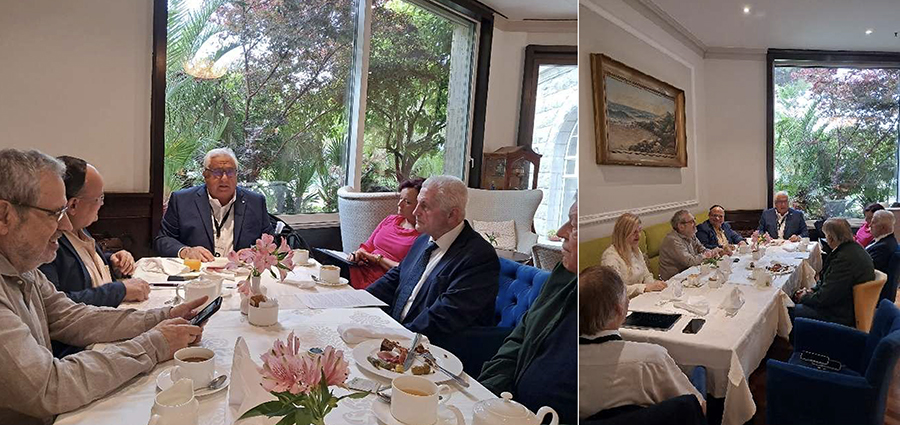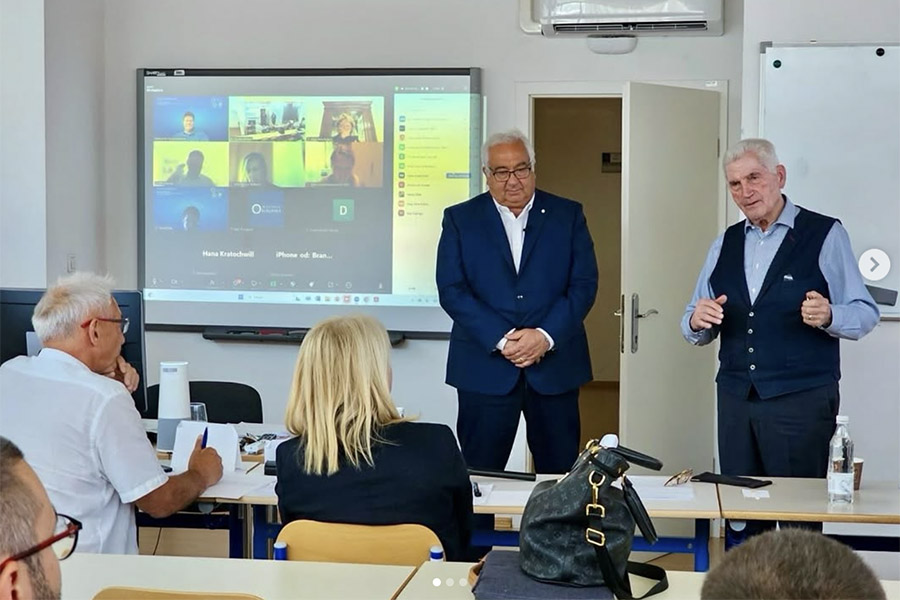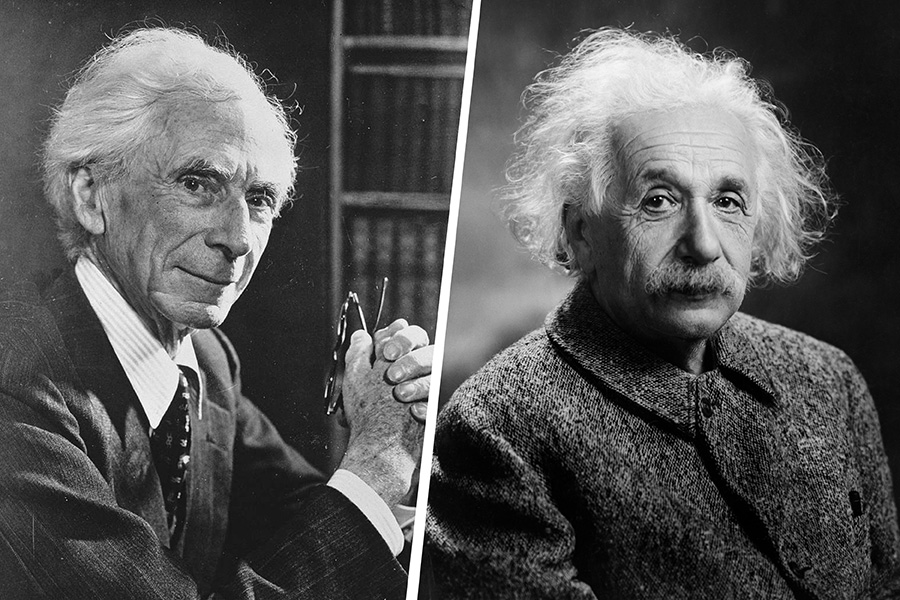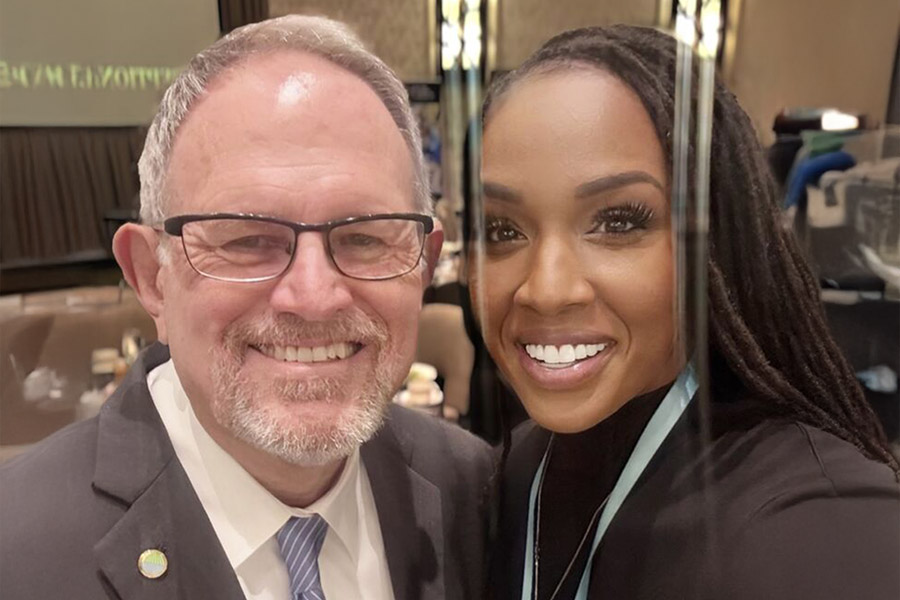An informal meeting of the Peace Offensive Working Group was held in Opatija, Croatia, on 18 May 2025. The meeting was coordinated and chaired by Donato Kiniger Passigli, Vice President of the World Academy of Art and Science (WAAS), with members of WAAS, European Academy of Sciences and Arts (EASA) and the Club of Rome (COR). The representatives of these three organizations discussed implementation modalities of the adopted strategy by all partners.
More opportunities in the near future will present themselves for an inclusive dialogue around the three principles of the strategy, with a growing number of mission-aligned organizations. Attendees included, Carlos Alvarez Pereira, Secretary-General of the Club of Rome; Prof. Ludvik Toplak, on behalf of EASA; Prince Nikola Petrović Njegoš; Tanja Angleitner; Goran Bandov; Ugo Bardi; Ana Jerković; Dina Dragija; Pietro Sebastiani; Aleksander Zidanšek and Tomislav Meštrović.
The meeting focused on developing actionable steps based on the initiative’s three core principles. A methodology for situation analysis and reporting has been submitted for further consultations. Plans were also made for future inclusive dialogues with an expanding network of partner organizations. This collaborative effort aims to promote global peace through citizens’ diplomacy, academic engagement and partnership. In his introduction, Donato Kiniger Passigli informed the participants on the current state of play of the Peace Offensive. He explained that the main purpose of this brainstorming meeting was to explore the overarching narrative, areas of special attention and key facts that will help shape the further implementation of this important initiative. The Peace Offensive was launched a year ago, and has already been shared and endorsed by many other organizations – among them the EASA, IPU and others. The three core principles are:
- Localized initiatives leading to de-escalation;
- Partnership development and trust-building;
- Dialogue facilitation.
The dialogue at the meeting focused on the Peace Offensive initiative being shaped by a strategic and multifaceted approach that integrates science, education, diplomacy, culture, and business to foster sustainable and positive peace. Some of the highlights included the importance of the development of practical tools for conflict diagnosis, mediation, trust-building, and inter-institutional cooperation, including engagement with companies and emerging technologies such as AI. The effort should extend beyond the concept of “negative peace” to embrace “positive peace,” which includes reconciliation with nature and systemic transformation. Emphasis was also placed on the mobilization of scientific and educational institutions, a redefinition of the role of business in peace-building, and greater youth inclusion — with half the global population under 30 being notably underrepresented in leadership roles.









